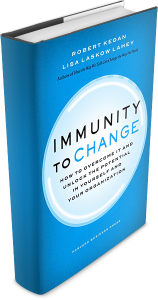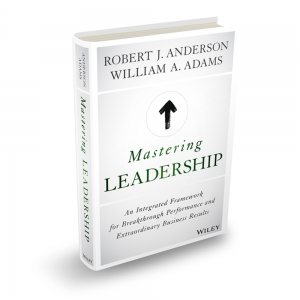How
Focus on mindset and behavior

The development approach explained here is to a large degree based on the constructive-developmental ideas shaped by Robert Kegan and Lisa Lahey (Harvard University, Adult Learning and Professional Development).
This theory and subsequent practice focuses on building deep self-awareness, the development of new mindset and behaviours, plus strategies to sustain the behaviour change. It all works together to identify the root cause of the challenge and dig beneath the surface to tackle out-of-awareness thinking, feeling and doing.
This approach is not ‘the only show in town’ that is available to support the realization of adaptive adult learning goals. I am also not ‘ideological’ about it. At the same time, it is one that I have come to appreciate for its client centeredness:
- From the start, the coachee / team is in the driver’s seat of his or her development journey.
- In addition to being client-centric, the approach is structured yet flexible, profound yet simple, and it has a broad span of application.
- It allows for weaving in elements that are important to the client such as: specific leadership skills, career development, strategic initiatives, and organisational development.
- Finally, my clients have noticed that there is no risk of an unhelpful dependency on a coach who ‘does his/her magic’. Or one who ‘picks you up from where he/she ended the previous session’. The client actually does very important work in between development sessions.





